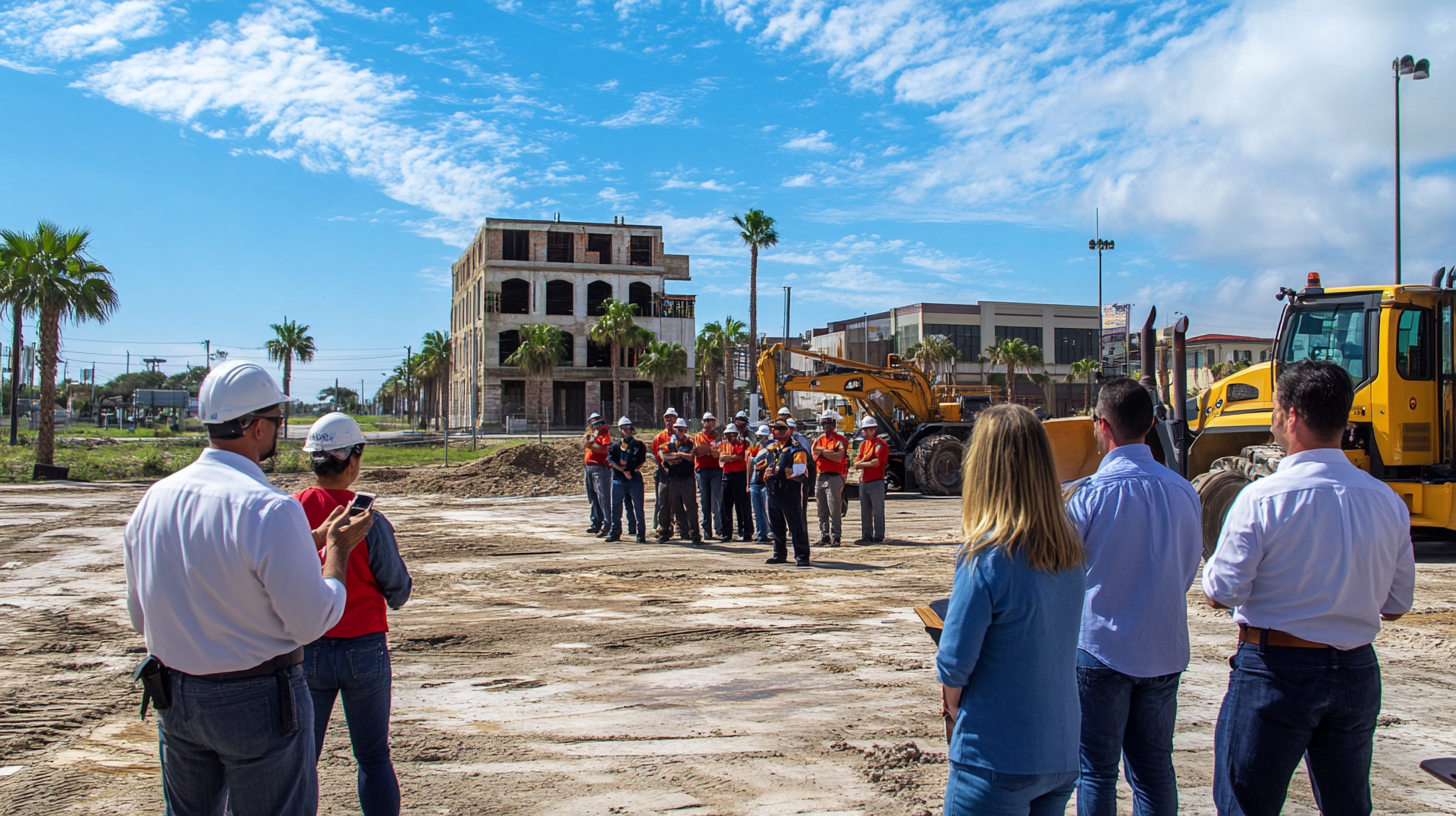Port of Harlingen Seeks to Expand Overweight Corridors in RGV
The Port of Harlingen is gearing up to present its case once more to the Texas Legislature for expanding its overweight corridor routes. This effort, spearheaded by State Representative Janie Lopez, is a renewed attempt following a previous setback due to opposition from the Texas Department of Public Safety (DPS). The initiative aims to enhance road safety and bolster economic benefits in the Rio Grande Valley (RGV).
Renewed Push for Legislation
Set to be a focal point in the upcoming 89th Texas Legislature, the proposed legislation intends to allow trucks weighing up to 125,000 pounds to travel on designated routes. Walker Smith, the director of the Port of Harlingen, argues that this move will not only improve the transportation system’s flexibility but also link existing corridors, creating a more efficient transport network.
According to Smith, “Connecting these corridors provides flexibility to the transportation system, dedicating overweight trucks to specific routes and potentially reducing road traffic.”
Economic and Regional Considerations
The proposal is particularly relevant to Valley residents as it seeks to extend the current corridor from FM 509 to the Hidalgo-Cameron county line, encompassing a 13-mile stretch. Notably, this connection would facilitate better flow between the Port of Harlingen and commercial international bridges, which are vital for trade and commerce in South Texas.
The potential for reduced truck traffic and optimized cargo movement presents significant advantages. Local real estate expert Jose Martinez supports the plan, stating, “It could make the RGV market more attractive for investments, fostering economic growth.”
Challenges and Previous Attempts
Past efforts to pass similar legislation, referred to as HB 1888, encountered opposition, primarily due to concerns raised by the DPS. Their main apprehension involved potential fuel theft on the Mexican side, opposing the integration of Hidalgo and Cameron counties’ corridors.
Discussing the hurdles faced, Smith commented, “The DPS raised concerns about activities on the Mexican side, which complicate cross-border logistics. However, focusing on economic gains and the legitimate movement of goods remains our priority.”
Impact on Local Community
For the RGV community, the corridor expansion is not just about logistics but also about resilience and preparedness. Current issues, such as the closures of the Los Indios Bridge, highlight the need for alternative routes that this legislation seeks to provide. These corridors could effectively mitigate disruptions, ensuring sustained economic benefits for notable regional ports, including Harlingen and Brownsville.
Maria Diaz, an advocate for regional development, expresses hope: “Enhancing transportation ties with designated routes will provide our businesses with needed stability, enabling them to thrive despite external challenges.”
Future Prospects
Should this legislation succeed in the upcoming session, the implications could be far-reaching. The initiative aligns with broader strategies aimed at enhancing the region’s logistics capabilities and fostering international trade links with Mexico. The potential for economic growth in South Texas could offer various benefits, from job creation to increased investment opportunities.
However, such transformations are contingent upon balancing the legislation’s benefits with community concerns about safety and local infrastructure impacts. Dr. Teresa Galvan, a local economist, stresses, “It’s essential to proceed with caution, ensuring fiscal sustainability and transparent implementation to gain community trust.”
Contact and Engagement Opportunities
For Valley residents interested in learning more about this proposed change and its impact, informative sessions are planned in various locations. The Port of Harlingen encourages community engagement to ensure stakeholders’ voices are heard. For further details or to express opinions, residents can reach out to Representative Lopez’s office. Community involvement is vital to shaping a future that reflects the needs and aspirations of RGV residents.
In conclusion, the Port of Harlingen’s efforts signal an innovative approach to addressing transportation challenges through legislative action. As the legislative session unfolds, the focus on enhancing local impact and ensuring efficient, safe transportation remains central to driving economic vitality throughout the RGV.







